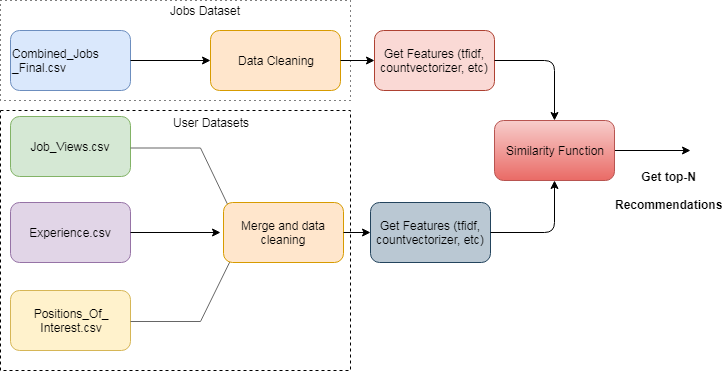
The way recommender systems interact with users is being reshaped by large language models (LLMs). Traditional recommendation pipelines focus on predicting the next item a user might like — books, shoes, office supplies, etc. — based on past interactions. However, the real objective extends to systems that interact with users, comprehend their requirements, adapt through natural language feedback, and justify a recommendation. However, there are currently no datasets available to investigate these new capabilities. We created Reviews Enhanced with Generative Narratives (REGEN), a brand-new benchmark dataset that fills this void by incorporating product recommendations, natural language features made up of fabricated user reviews, and personalized narratives that include justifications for purchases and product endorsements. We used Gemini 1.5 Flash to synthesize missing conversational elements in the widely used Amazon Product Reviews dataset, rather than starting from scratch. This dataset allows us to explore and benchmark new recommender architectures that incorporate both user feedback (e.g., FLARE) as well those that output natural language consistent with the recommendations (e.g., LUMEN). According to our findings, LLMs trained on our dataset are capable of producing recommendations as well as contextual narratives with efficiency that is comparable to that of cutting-edge language models and recommenders. Construction of the REGEN dataset The nuances of real-world conversations are frequently not captured by the datasets used to train conversational recommenders. They may focus on sequential item prediction, short dialog snippets, or lack explicit user feedback. We chose the Amazon Product Reviews dataset because of its specific utility for large vocabularies, potentially unfamiliar to an LLM.
REGEN enriches the Amazon Reviews dataset with two key components:
Contents
Critiques
Conversational recommendation relies heavily on critiques, which allow users to voice their preferences and direct the system. In REGEN, critiques are generated to steer the recommender from a current item to a similar, desired item. For instance, a user might say, in response to a “red ball-point pen,” “I’d prefer a black one.” To ensure the relevance of critiques, we generate them only for adjacent item pairs that are sufficiently similar, using the Amazon Reviews–provided hierarchical item categories as a proxy for similarity. Each pair receives a number of critique options from the Gemini 1.5 Flash model; we choose one at random to include in the dataset.
Narratives
Enhancing the user experience, narratives provide extensive contextual information about recommended products. Diverse narratives can be found in REGEN, such as: Reasons for buying: Justifications for why a product might be good for a person. Product endorsements are descriptions that emphasize an item’s advantages and features. Concise profiles of user preferences and purchase history are included in user summaries. A rich dataset for training conversational recommenders is provided by these narratives, which vary in length and contextualization.
Experiments
We didn’t just want to see if REGEN models could recommend the right item; we also wanted to see if they could explain their reasoning, respond to user feedback, and generate language that feels tailored to the user in order to evaluate it effectively. As a result, we designed a brand-new task: jointly generative conversational recommendations. A model must recommend the next item and generate a contextual narrative about it, given a provided purchase history and optionally a natural language critique (e.g., “I need something with more storage”). This task reflects how users naturally interact with recommendation systems when given the opportunity to express preferences in their own words. It also moves away from disjointed modeling, where recommendation and language generation are handled separately. Instead, we treat them both as elements of a single, comprehensive goal. We developed and implemented two baseline architectures to investigate various modeling strategies. The first is a hybrid system in which content signals and collaborative filtering are used by a sequential recommender (FLARE) to predict the next item. After that, that output is fed into a light LLM (Gemma 2B), which is in charge of creating the narrative. This setup reflects a common architecture in production systems, where different components specialize in different stages of the pipeline.
LLM-based Unified Multi-Task Model with Critiques, Recommendations, and Narratives is the second architecture. Everything is done by LUMEN within a single LLM. It has been trained from top to bottom to handle criticism, make suggestions, and make coherent narratives. The model decides when to emit an item ID and when to keep generating natural language during decoding. The model was able to treat item recommendation as just another step in the generative process because we changed the vocabulary and embedding layers to support both types of outputs—item tokens and text tokens.










